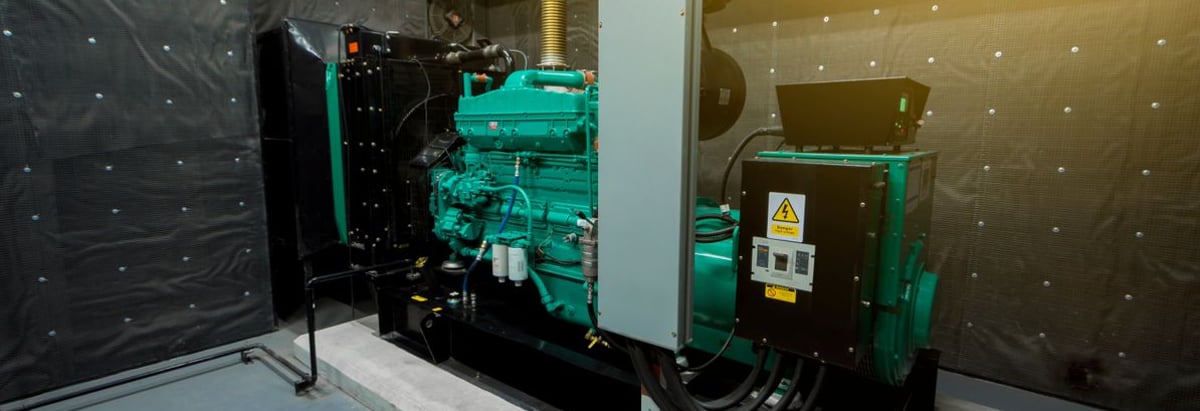Stock Analysis
- India
- /
- Electrical
- /
- NSEI:IWEL
Are Inox Wind Energy Limited's (NSE:IWEL) Mixed Financials Driving The Negative Sentiment?

With its stock down 17% over the past three months, it is easy to disregard Inox Wind Energy (NSE:IWEL). It seems that the market might have completely ignored the positive aspects of the company's fundamentals and decided to weigh-in more on the negative aspects. Stock prices are usually driven by a company’s financial performance over the long term, and therefore we decided to pay more attention to the company's financial performance. Specifically, we decided to study Inox Wind Energy's ROE in this article.
ROE or return on equity is a useful tool to assess how effectively a company can generate returns on the investment it received from its shareholders. Put another way, it reveals the company's success at turning shareholder investments into profits.
Check out our latest analysis for Inox Wind Energy
How Do You Calculate Return On Equity?
The formula for return on equity is:
Return on Equity = Net Profit (from continuing operations) ÷ Shareholders' Equity
So, based on the above formula, the ROE for Inox Wind Energy is:
3.0% = ₹1.6b ÷ ₹53b (Based on the trailing twelve months to September 2024).
The 'return' is the profit over the last twelve months. Another way to think of that is that for every ₹1 worth of equity, the company was able to earn ₹0.03 in profit.
What Has ROE Got To Do With Earnings Growth?
Thus far, we have learned that ROE measures how efficiently a company is generating its profits. Depending on how much of these profits the company reinvests or "retains", and how effectively it does so, we are then able to assess a company’s earnings growth potential. Generally speaking, other things being equal, firms with a high return on equity and profit retention, have a higher growth rate than firms that don’t share these attributes.
A Side By Side comparison of Inox Wind Energy's Earnings Growth And 3.0% ROE
It is quite clear that Inox Wind Energy's ROE is rather low. Not just that, even compared to the industry average of 13%, the company's ROE is entirely unremarkable. Accordingly, Inox Wind Energy's low net income growth of 5.0% over the past five years can possibly be explained by the low ROE amongst other factors.
As a next step, we compared Inox Wind Energy's net income growth with the industry and were disappointed to see that the company's growth is lower than the industry average growth of 33% in the same period.
The basis for attaching value to a company is, to a great extent, tied to its earnings growth. The investor should try to establish if the expected growth or decline in earnings, whichever the case may be, is priced in. This then helps them determine if the stock is placed for a bright or bleak future. Is Inox Wind Energy fairly valued compared to other companies? These 3 valuation measures might help you decide.
Is Inox Wind Energy Efficiently Re-investing Its Profits?
Inox Wind Energy doesn't pay any regular dividends, which means that it is retaining all of its earnings. However, this doesn't explain the low earnings growth the company has seen. Therefore, there might be some other reasons to explain the lack in that respect. For example, the business could be in decline.
Conclusion
In total, we're a bit ambivalent about Inox Wind Energy's performance. While the company does have a high rate of profit retention, its low rate of return is probably hampering its earnings growth.
New: AI Stock Screener & Alerts
Our new AI Stock Screener scans the market every day to uncover opportunities.
• Dividend Powerhouses (3%+ Yield)
• Undervalued Small Caps with Insider Buying
• High growth Tech and AI Companies
Or build your own from over 50 metrics.
Have feedback on this article? Concerned about the content? Get in touch with us directly. Alternatively, email editorial-team (at) simplywallst.com.
This article by Simply Wall St is general in nature. We provide commentary based on historical data and analyst forecasts only using an unbiased methodology and our articles are not intended to be financial advice. It does not constitute a recommendation to buy or sell any stock, and does not take account of your objectives, or your financial situation. We aim to bring you long-term focused analysis driven by fundamental data. Note that our analysis may not factor in the latest price-sensitive company announcements or qualitative material. Simply Wall St has no position in any stocks mentioned.
About NSEI:IWEL
Inox Wind Energy
Engages in the manufacture and sale of wind turbine generators (WTGs) in India.

